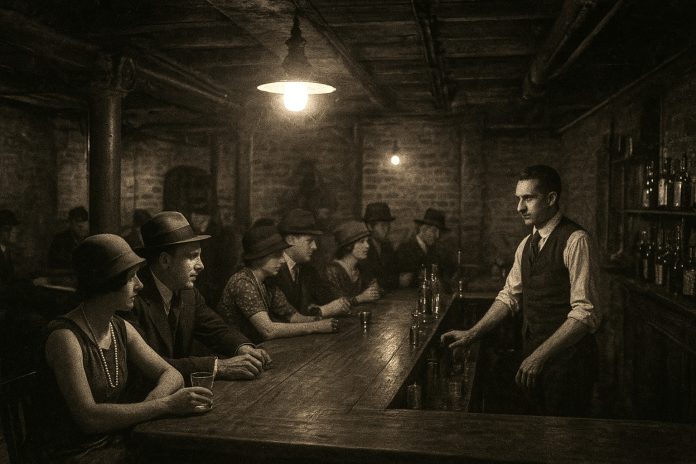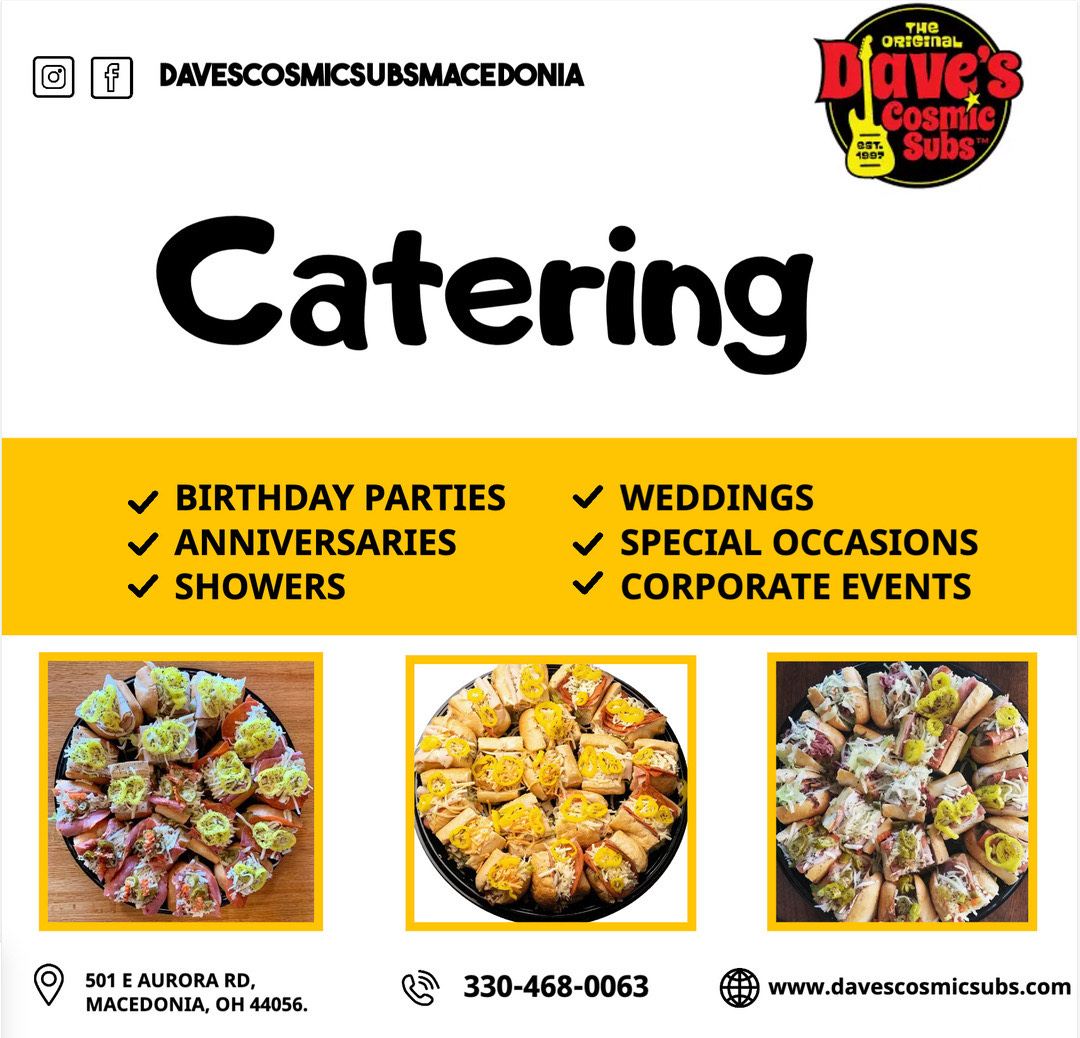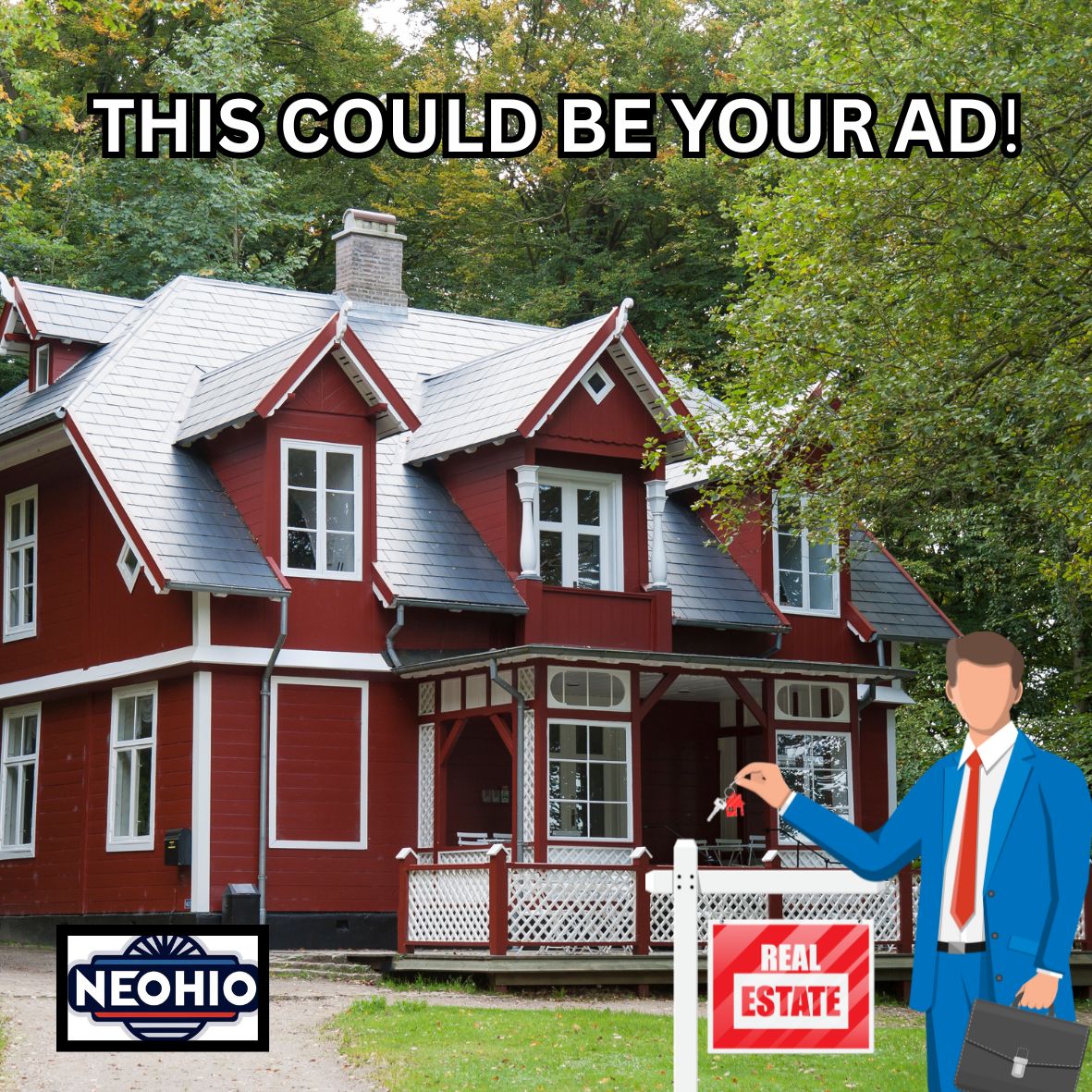The 18th Amendment couldn’t stop drinking—it just drove it underground across the region
Between the years 1920 and 1933, the 18th Amendment outlawed the manufacture and sale of alcohol nationwide, but it failed to stop drinking. Instead, Northeast Ohio’s industrial prosperity meant that workers had money to spend, fueling the rise of illegal speakeasies that quickly filled the void left by thousands of shuttered saloons. Today, ongoing historical research continues to uncover the secrets of this era, revealing a complex network of smuggling, enterprise, and social change across the region.
The Great Cultural Shift
Speakeasies were far more than just illegal bars; they represented a significant cultural shift in American society. These establishments became well-known venues for jazz music. Furthermore, the very illegality of these locations paradoxically led to the creation of more egalitarian spaces.
Before Prohibition, traditional saloons were largely male-dominated, and respectable women rarely drank in public. Within the hidden walls of the speakeasies, women gained unprecedented access to drinking establishments, where they could socialize and drink alongside men. People from varying social backgrounds often mixed in ways that were uncommon in mainstream society.
Cleveland: The Smuggling Capital
Due to its critical position on Lake Erie, Cleveland operated as a massive hub for illegal activity during Prohibition. The city became a primary entry point for Canadian whiskey that was smuggled across the water. Following the ratification of the 18th Amendment, Cleveland saw a distinct rise in bootlegging.
The scale of the closure was dramatic: when Ohio officially enforced the 18th Amendment, only 50 of the original 1,028 bars remained legally open.
The famous Mayfield Road Gang cemented their historical legacy by running illegal alcohol using speedboats across Lake Erie. This proximity to the water made the transportation of illegal alcohol easier and fostered an extensive underground drinking culture.
Some of these former speakeasy locations are still recognizable today. The Flatiron Cafe at 1114 Center Street is documented as a former speakeasy. Hotz Cafe at 2529 West 10th Street is also documented and remains in operation today, remarkably still run by the same family that started it 90 years ago.
Akron: Immigrant Enterprise at the Far East Club
Specific details about Akron’s hidden operations have come to light through historical research. One notable example is The Far East Club, operated by the Russian-Jewish immigrant brothers, Bennie and Hymie Milkman.
The club’s existence was initially discovered through poker chips marked with the words “Far East” and a Star of David. This discovery led to archival research through the Akron Beacon Journal from the 1920s and 1930s, confirming details of the Far East Club and revealing a fascinating slice of immigrant enterprise during the era.
The Far East Club was first located at 127 South Main Street before later relocating to a hidden back room within Bennie Milkman’s discount dress shop on Akron’s east side.
The Cuyahoga Falls Connection
Cuyahoga Falls also played a role in the underground drinking economy of the time. The city’s location between Akron and other communities, along with its own industrial workforce, provided a consistent customer base for these establishments. Furthermore, the proximity of the Cuyahoga River facilitated the transportation of illegal alcohol. While speakeasy operations are known to have occurred in the city during Prohibition, specific documented locations in Cuyahoga Falls remain elusive today.
Uncovering the Secrets of the Past
The exact locations of many speakeasies may never be known, as some establishments operated quietly enough that their stories only survived through word of mouth. However, some details were recorded in police records or newspapers when establishments were raided.
Today, physical clues continue to reveal this hidden history. When buildings from the 1920s undergo renovations, construction crews occasionally discover hidden rooms or bottles tucked into walls. Architectural features can also serve as hints, such as basements that are oddly configured, bricked-over doorways, or walls that are unusually thick.
Do you know of a building with speakeasy history? Have you heard stories from family members who lived through Prohibition? The comment section awaits your local knowledge.
Discover more from Northeast Ohio News
Subscribe to get the latest posts sent to your email.












